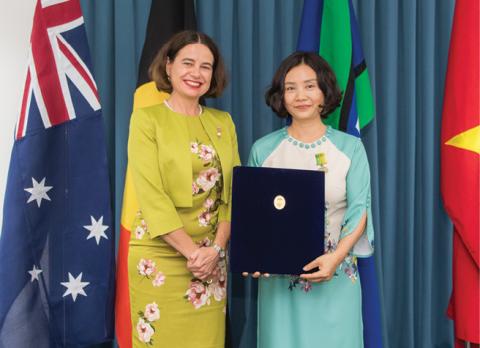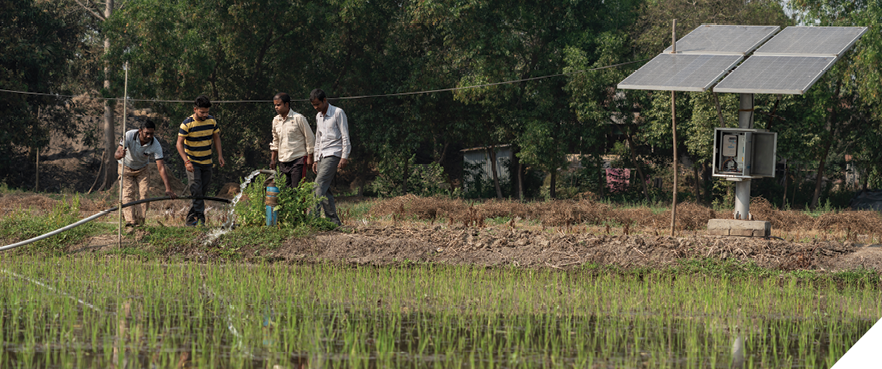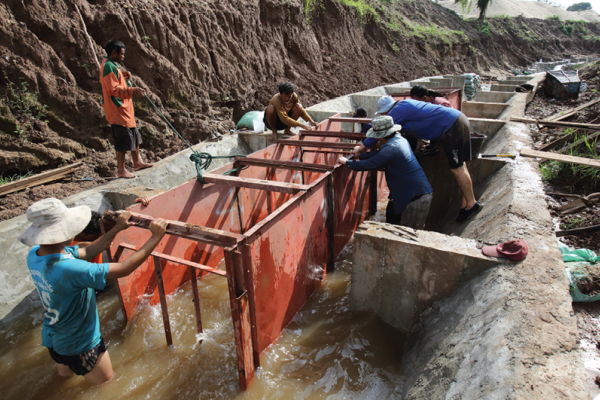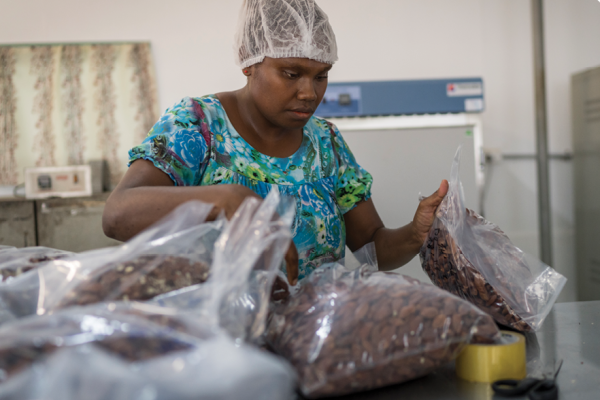The Sustainable Development Investment Portfolio (SDIP) was an Australian Government initiative funded by DFAT between 2012 and 2021. It brought together partners in Australia and South Asia to improve integrated management of water, energy and food in the river basins of three major Himalayan rivers.
ACIAR co-funded and coordinated the component of SDIP focused on food and agriculture, comprising 20 long-term and short-term projects, which were delivered with numerous science partners from Australia, CGIAR and country partners in Bangladesh, India and Nepal.
Focused on the Eastern Gangetic Plains, a region of 450 million people, the ACIAR–SDIP program investigated the potential impacts of conservation agriculture, patterns of groundwater use, and the intensification of agriculture at the farm, district, national and regional level. Strategies to increase food security were considered in conjunction with environmental impacts, along with national and regional government policies.
More than 75,000 households participated in the program, testing conservation agriculture and sustainable intensification (CASI) on more than 15,000 hectares. Project partners, coordinated by CIMMYT, developed activities in five nodes (communities) in each of eight districts in the Eastern Gangetic Plains to train farmers and extension agents to facilitate up-scaling of project methodologies and out-scaling of technologies. Farmers in two nodes in Bangladesh were so impressed by their experiences with zero-till establishment methods that they now plant all their maize this way. The project also provided specialised training to more than 10,000 farmers and local service providers on a range of topics, including CASI technologies, local service provision and business skills. A further 1,800 scientists and project staff participated in technical training sessions.
ACIAR–SDIP Program Manager, Dr Tamara Jackson, formerly with Charles Sturt University and now with the University of Adelaide, said that participating in the program opened opportunities to drive change through engaging key stakeholders and exploring future scenarios and transformative pathways.
‘Phase 2 of the program enabled strategic longer-term thinking about regional development, and helped address policy and institutional barriers to sustainable food systems, particularly in relation to intensification, water management, mechanisation services, market access and full participation of women. ACIAR, together with implementing partners built on the technical and socioeconomic knowledge base developed in Phase 1 to create an enabling environment for widespread adoption of sustainable food systems across the region, of which CASI technologies are a positive and practical example.
‘Working with diverse stakeholders meant SDIP could identify key local food system drivers and connect them to “big picture” issues such as policy settings and labour requirements. One example was understanding how the new federal system in Nepal impacted agriculture. Foresight processes identified a lack of coordination between different levels of government as a barrier to agricultural development. Two projects were subsequently funded to work on different approaches to coordination, focusing on both mechanisation and knowledge sharing.’
To continue this work addressing food security and sustainable development in a region with the world’s highest concentration of rural poverty, and capitalise on what was learned through SDIP, ACIAR committed to further investment in 2022.
Dr Jackson is leading a new body of work that builds on existing work and partnership networks to provide a link between research outputs and development goals, through the demonstration of inclusive diversification pathways, definition of processes for effective scaling to the millions of smallholder farmers in the region, and generation of a better understanding of the policies that support diversification.





